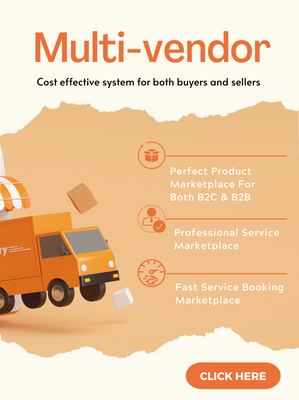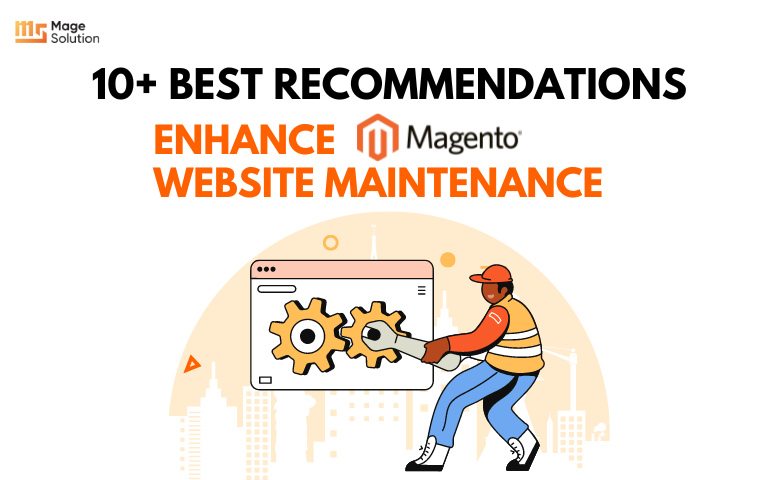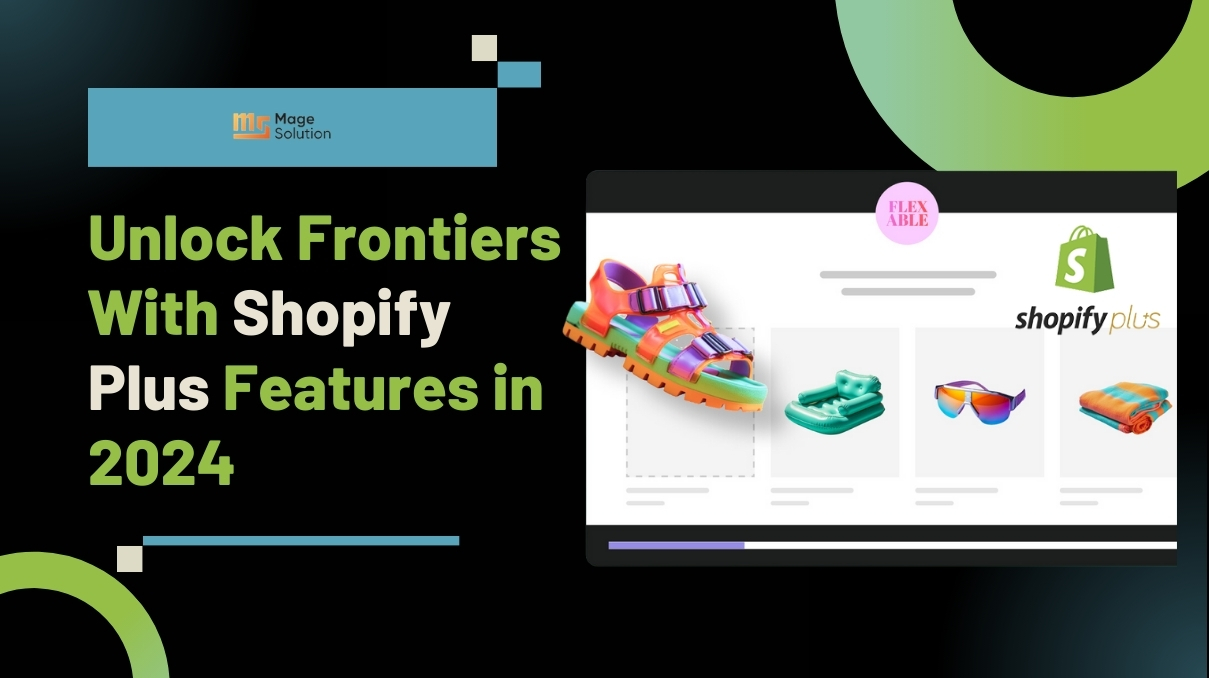Your cart is currently empty!
eCommerce conversion optimization: Unique tactics to boost sales for 2021
Conversions are the most crucial metric for any e-commerce business. By improving your conversion rate, your business will create more revenue, make a larger profit, and expand its audience of customers. The amazing thing about ecommerce conversion optimization is that small changes often lead to significant results. Below, we’ve listed 11 e-commerce conversion optimization tactics that can transform your online business from an average performer into a leader in its category.
11 eCommerce Conversion Optimization Strategies For 2021
Good Average eCommerce conversion rates are 1% — 2%. Even if you are doing everything right, you can still wish to win the sale around 2% of the time. The following 11 tactics are what helped us to achieve a 2% conversion on our own site. The outcome of these tactics is calculated by conversion rate, but in reality, they all made small, incremental enhancements to the overall shopping experience. A 2%+ conversion rate should be the baseline goal for your eCommerce website. When you hit that and are doing all 11 of the below effectively, then you can move onto more effective conversion rate tactics.
1. Use PWA technology
People who shop online increasingly prefer to use mobile devices rather than desktops, so eCommerce stores need a mobile-first approach that PWA delivers. PWAs proved their effectiveness and ability to improve user experience and increase sales
Progressive web apps (PWA) allows customers to purchase products across connections, devices, or operating systems. PWA’s load faster than a website and helps visitors to view pages that they have previously browsed without the internet.
AliExpress, an Alibaba site, has pioneered the application of progressive web applications in commerce and claimed that building great mobile experiences through the PWA platform helped them to develop three times faster than an eCommerce website.
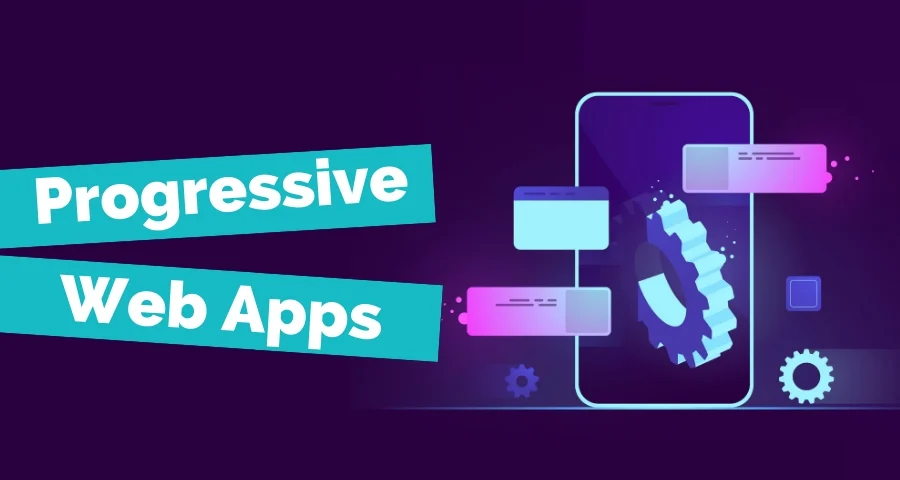
Check NOW >>> Claue Magento 2 Theme with PWA technology
HOT!! The version 2.0 of Claue have been released
Latest Update: We’ve just released the version 2.0 of Claue Multipurpose Magento 2 Theme, with with a bunch of performance improvements and exclusive features. Check this theme out now: Claue Magento Theme 2. 0
Claue – Clean, Minimal Magento 2&1 Theme is an excellent template for a modern and clean eCommerce store with 40+ homepage layouts and tons of options for shop, blog, portfolio, store locator layouts and other useful pages. Claue version 2. 0 comes with a bunch of exclusive features including:
- Being based on Luma theme.
- Meet all standards of Magento Theme
- Significant performance improvement
- Compatible with most third-party extensions.
- Fully compatible with Magento 2.4.x
This second advanced version completely differentiates from its previous one. Thus, if you are using Claue version 1 and want to update to Claue version 2, you can only rebuild a new website no rather than updating from the old version. Now, let’s get back the main topic.
2. Create Value in Your Product Descriptions
Instead of a pitch, use your product descriptions to create value for the visitors. What can you tell your customers about this product to help them make an informed decision? How can you provide them this information in the easiest, most digestible way? Write your product descriptions openly and conversationally; address your customers like living, breathing people, and you’ll keep them coming back.
Ugmonk is a fashion e-commerce store with unique products. It would be simple to just write: “T-shirt with text: ‘Do a lot with a little’” and call it a day. But Ugmonk does more to justify the price, writing conversationally about the thought process behind the shirt and what it represents for the customers. They even offer a link to the backstory and design process for the customers interested in detail
3. Product view with Product 3D & AR modules
Check out >>> Claue Magento 2 Theme to improve product visualization with Product 3D & AR modules
One of the most significant disadvantages of online shopping has always been the customers’ inability to try before purchasing. With the rise of Augmented Reality and Artificial Intelligence, eCommerce websites aim to give you the option to try their products. AR, alone, is expected to top $19 million by 2025, according to the data firm Statista.
Many businesses are using AR not only to enhance the customer experience but also to allow users to test and explore products in the method that they would do during an in-person shopping experience
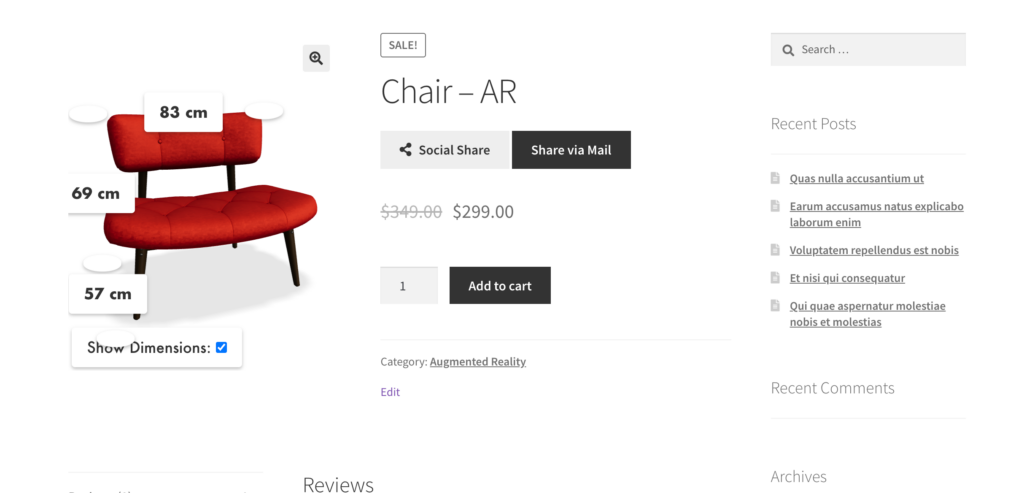
4. Omnichannel personalization
A study found that 85% of shoppers’ purchasing decisions are affected by website personalization.
Show products most relevant to users based on their browsing behaviors, purchasing history, habits, and preferences.
You can analyze customers’ interaction with the website and provide product suggestions based on purchases made by past customers who exhibit related patterns.
Take the opportunity to provide suggestions based on the products users are browsing so you can upsell and cross-sell to boost the average order values.
By providing a personalized experience, customers are more likely to make a purchase and return to your store in the future.
In addition to product recommendations, you can ỉmprove the customer experience with personalization strategies in other customer touchpoints and boost the traffic back to your e-commerce store
- Utilizing personalized email campaigns to drive traffic back to your website. Emails can be triggered based on a visitor’s interaction with the website to deliver the most relevant content and offers.
- Provide mobile personalization with push notifications that are triggered by a visitor’s browsing behavior.
- Release remarketing campaigns using Facebook dynamic ads that display products to clients who have already visited a specific product page.
5. Embrace The Power of “Shoppable UGC”
Shoppable UGC or Shoppable User-generated content can be termed as the most influential eCommerce conversion optimization tactics for 2021. User-generated content is the most truthful, reliable, and authentic form of content that inspires potential customers to get inspiration and create the intent to purchase the showcased products in the UGC.
You can gather such UGC from social media platforms and tag items to make them shoppable and publish Shoppable UGC galleries on online stores. Taggbox Commerce is a great tool that can assist you to leverage Shoppable UGC for your eCommerce conversion rate optimization. Similarly, you can also publish Shoppable Instagram galleries.
6. Create Social Proof With Product Authenticity
The one thing that customers have a big concern about is whether the products showcased on the platform will be the same on delivery as well, i.e., there won’t be any discrepancy, deficiency, or shortcoming.
As an eCommerce, it becomes your responsibility to make sure that authentic products are being delivered to customers. Authenticity will build your eCommerce reliability & loyalty that is a big aspect that customers consider while shopping online.
This will greatly help uplift your business image in the eCommerce industry with social proof, which can boost the conversions for your eCommerce by building customer loyalty.
7. Value Segmentation
Customer Lifetime Value (CLV) relates to how much customers will spend throughout their time as your customer. With these statistics, you can segment your customers depending on the long-term value they represent.
You’ll likely find that 5% of your customers with the highest CLV account for the majority of your profit. These are your VIPs. With your most valuable customers classified, you can start to treat them accordingly with special deals. When you have all your segments (EX: bottom tier; mid-tier; VIP), you’ll know the average order value and order frequency for each tier, and you can focus on converting clients in the bottom tier up to the middle tier, and clients in the middle tier up to VIP status.
8. Urgency and scarcity
Countdown timers, stock level notifications, and limited-time sales all support visitors to buy and lower their defenses (in the nicest method possible). While users may have objections normally, include a stock notification that a product is nearly out of stock, or there’s only 3 left, and most objections go out of the window.
We all know what it feels like to have the urge of missing out on something — it’s a terrible feeling. So using this psychological trigger on your product pages and checkout flow can boost conversions. Remember that it must be performed ethically or you’ll damage your reputation.
Booking stores are a great example of this trigger being utilizing. Such as showcasing the number of people viewing the room, or how many people have booked that day. Online Fashion store does this well too. Showing stock levels and limited products remaining.
9. Convert customers into VIPs
It’s not enough to focus on your existing VIPs; you should always be looking for clients who fit the profile to become VIPs in the future. What do these look like? It’s hard for every business, but predicting analytics can calculate the purchasing and churn patterns of your current VIPs, and find new buyers that will likely fit the bill — even after just one order! That’s one more crucial group to nurture.
10. “WishList” Without Registration
A wishlist is a function that has been introduced in recent years enabling visitors to “pick and hold” the items that they like. It allows visitors to keep searching for products without restricting their shopping experience.
The challenge is that most eCommerce websites ask visitors to register to access the “Wishlist” feature. Users are always reluctant to register. Hence, it causes minimal engagement and dropout.
So, if you can provide the users’ wishlist items without having to register, it can help you uplift engagement, return visits, personalization, retargeting ads, and much more to boost conversion.
11. Customer self-service
When customers have a question while making a purchasing decision, they need to get an answer right away.
More and more customers prefer to “self-serve” so they can find the answers on their own without having to wait for a customer care representative to get back to them.
Businesses that using self-service customer support has seen an average of 40% increase in conversion rate while cutting support ticket volume and associated costs.
FAQ pages, knowledge bases, and support forums are just a few methods to provide “self-service” support to shoppers

